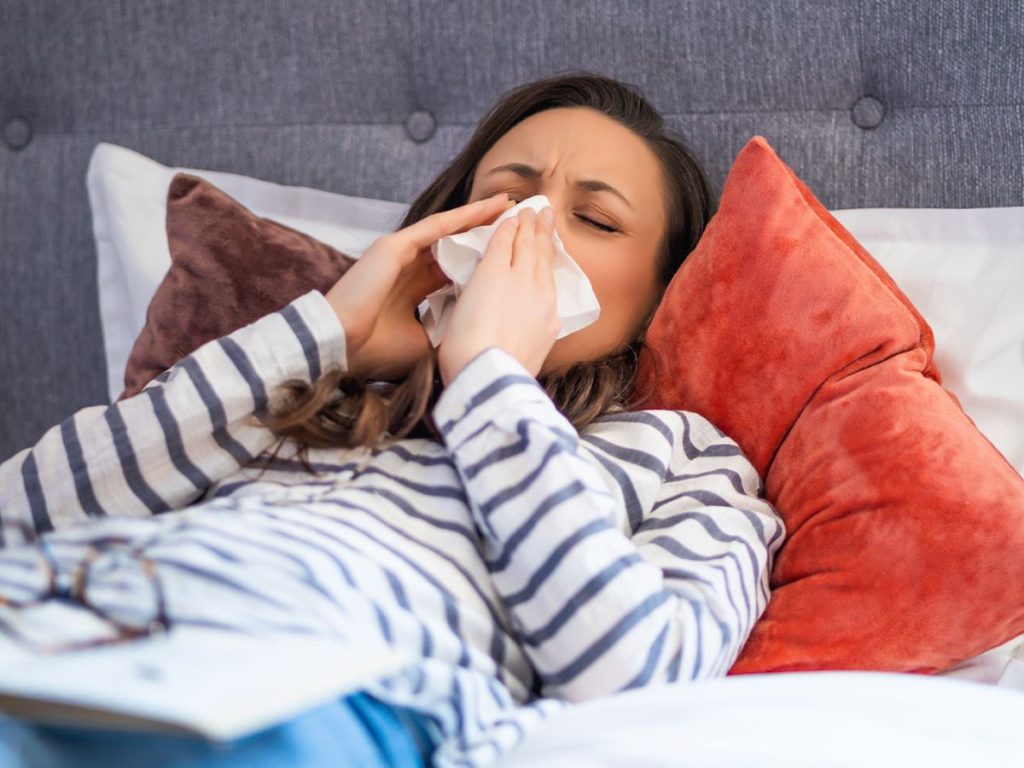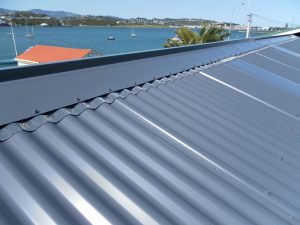Which Bed Material Is Best for Allergens?
3 min read
Those who have allergies ought to inspect their bed material, particularly if they observe growing symptoms at residence. Although the bedroom may serve as a place of relaxation, it can also harbour allergens. Although you might not think of your mattress as the cause, some mattresses may act as the perfect home for mould, mildew, pet dander, & dust mites. These triggers frequently result in runny noses, watery eyes, coughing, sneezing, & nasal congestion. It is more difficult to get to sleep and remain asleep when you have allergies. Snoring may be brought on by congestion and airflow obstruction.
Allergy sufferers are often more inclined to experience sleep disorders, and feeling uncomfortable from allergy symptoms may result in insomnia. By lowering the amount of allergens in the bedroom, the best mattress for allergies can aid with both improved rest & allergy relief. In this thorough study, we’ll go over our top choices for mattresses so you understand what you’re looking for when you go mattress shopping. We’ve covered other things to think about when shopping, like which mattresses and bedding are ideal for allergy sufferers. You can also look up bed linens through bed linen UK luxury if you want a luxurious bed linen for yourself.
Best Types Of Hypoallergenic Bed Sheets
You don’t have to suffer from an absence of bedding selections solely because you have allergies. The mattress business knows how crucial it is to provide allergy-friendly, easily accessible sheets for people who are allergic to dust mites and mould. Cotton, Tencel, silk, and bamboo are among the most widely used hypoallergenic fabrics. Let’s examine the distinctions and advantages of each:
Silk
This incredibly soft material calms sensitive skin while simultaneously warding off allergens. Silk is a good option for those who have allergies. A silkworm’s basic defence mechanism against predators like dust mites is the silk, which it weaves into a cocoon. Nevertheless, silk sheets are usually the most expensive hypoallergenic choice and can be difficult to maintain.
Bamboo
The moisture-wicking fibres of the bamboo plant enable bamboo sheets, which are becoming more and more common, to keep dry and cool. Lowering moisture stops dust mites from spreading and mould from growing, and the sheets are highly resilient. However, the place of manufacture of your bamboo sheets might have used chemicals unrelated to those used in their eco-friendly labelling.
Tencel
The wood cellulose of eucalyptus trees, that are farmed sustainably, is used to make Tencel sheets. Like bamboo sheets, these sheets’ fibres function to wick away moisture and fight off bacteria, germs, and indoor allergies. Tencel sheets are inherently soft and strong, but owing to the labour-intensive procedure involved in their production, they can be quite expensive.
Cotton
Because classic organic cotton sheets breathe, moisture is not retained and allergens are unable to proliferate. Since cotton is such a widely used material. The quality of your bed sheet is going to depend on the sort of cotton you choose.
When making a purchase, make sure to read the label because short-staple cotton is less seamless or long-lasting than long-staple or extra-long staple cotton.
How To Eliminate Allergens In The Bedroom?
After purchasing high-quality hypoallergenic threads duvet set, you should ensure ensuring any allergens attempting to infiltrate your dreams are stopped in their tracks.
The most crucial action you can take is to ensure sure your bedding is routinely washed and changed. Unsure about how frequently to wash sheets? The Sleep Foundation suggests doing a weekly laundry of your linens.
To prevent allergies from entering your sleeping area. Consider following the following advice in addition to using sheets that are tightly woven and allow for breathability:
- Dehumidifier use
- Apply a filter of air
- Take a shower before bed.
- Make use of hypoallergenic pillowcases and mattresses with zippers.
- Invest in a hybrid or memory foam mattress to help fight allergies.
- Regularly replace pillows.
You could stop allergens in your bedroom and get the 7-9 hours of sleep per night that are suggested by setting up a peaceful and tidy sleeping space.
Final Words:
For those who suffer from allergies, choosing the finest bed material is essential. People may establish an improved sleep atmosphere and have more peaceful evenings with fewer allergic reactions by thinking about alternatives like hypoallergenic pillows, mattress covers, and fabrics which resist allergen accumulation.
Also, read: Why a Quality Mattress Protector is Necessary for Every Bed?



